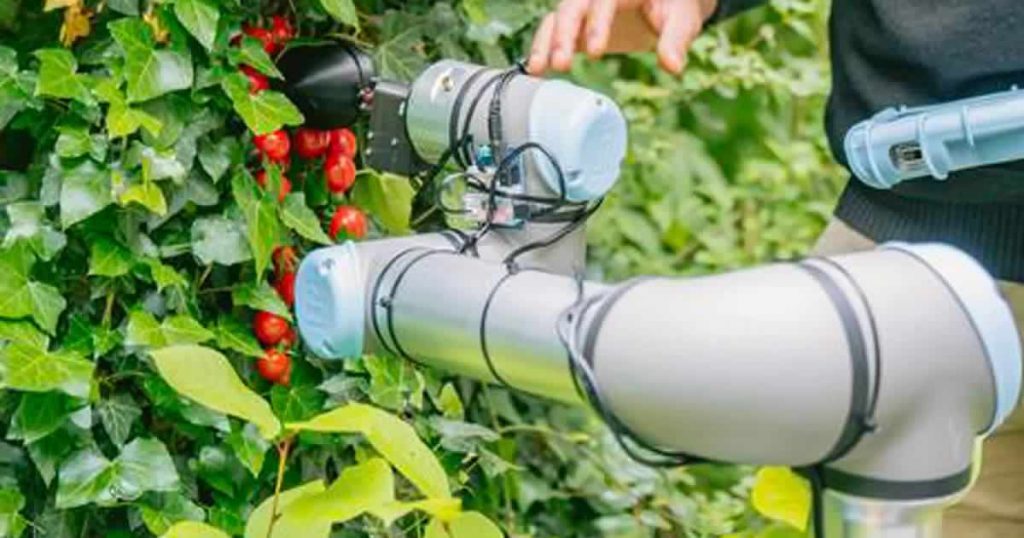The rise of large-scale language models (LLMs) like ChatGPT is reshaping various industries, and robotics is no exception. Recently, researchers from the Delft University of Technology in the Netherlands and the Swiss Federal Institute of Technology (EPFL) have harnessed the power of OpenAI’s large language model, ChatGPT, to design and construct a tomato-picking robot.
ChatGPT, known for its ability to process and internalize vast amounts of text data, has been making headlines for its potential to change the way we write, learn, and even create art. Now, it’s stepping into a new sphere: robotic design. This collaboration marks the first instance of a ChatGPT-designed robot, demonstrating the AI tool’s potential for working with humans on complex design tasks.
The researchers initiated the project by asking ChatGPT about the future challenges for humanity. The AI model proposed three significant issues: food supply, an aging population, and climate change. The team chose to address the food supply challenge, considering it was outside their area of expertise.

The collaboration between researchers and ChatGPT involves two stages. Initially, idea-drawing discussions take place to define the robot’s purpose, design parameters, and specifications. ChatGPT, leveraging its access to global data sourced from academic publications, technical manuals, books, and media, suggested a motor-driven gripper for trom the vine.
The researchers then moved on to design specifics, including construction materials and the creation of computer code to control the robot. While ChatGPT couldn’t generate entire computer-assisted design (CAD) models, evaluate code, or automatically fabricate a robot, it played a significant role in the ideation process. The researchers adopted a ‘technician’ role, optimizing the code written by the AI, finalizing the CAD, and fabricating the robot.
The successful creation of the ChatGPT-designed robot showcases the potential for transforming the design process through human-AI collaboration. However, it also opens the door to varying degrees of collaboration, from AI acting as an ‘inventor’ to supplementing human expertise or refining the design process.
Despite the promising results, the researchers caution about potential ethical and commonsense risks that may arise from human-AI collaboration. Issues of bias, plagiarism, and intellectual property rights are areas of concern. Nevertheless, they believe that if well managed, human-AI collaboration can accelerate the advancement of robots in an ethical, sustainable, and socially empowering way.
The journal Nature Machine Intelligence published the case study.
